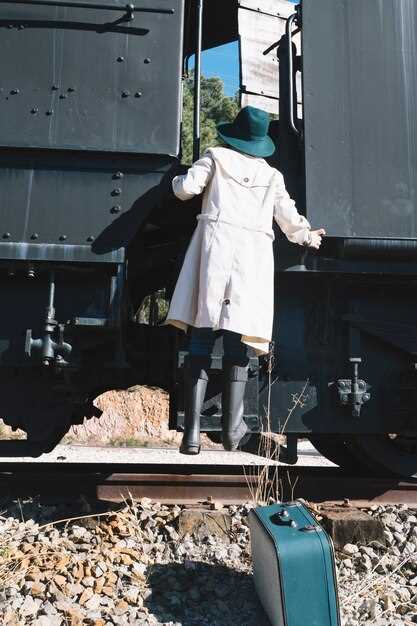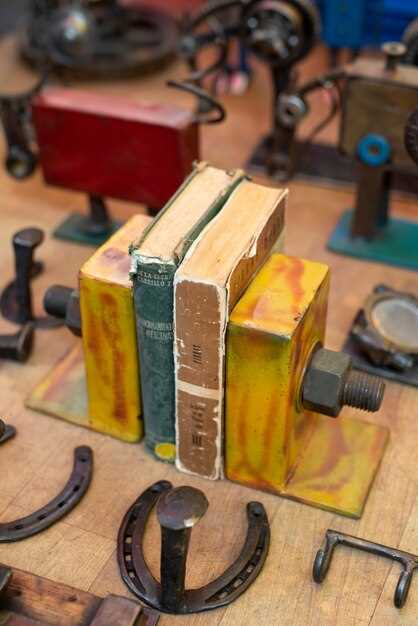
Vintage trucks hold a special place in the hearts of enthusiasts, symbolizing durability, character, and a rich history of craftsmanship. Restoring these classic vehicles can be a rewarding experience, but one of the main challenges faced by restorers is sourcing original parts. The quest for authentic components can often feel overwhelming, given the rarity and age of many vintage models.
Fortunately, advancements in technology and the growth of specialized communities have made the search for original parts more accessible than ever. This article aims to provide practical tips and resources that will simplify the process of locating and acquiring the parts needed to bring your vintage truck back to life.
From online marketplaces to dedicated salvage yards, we will explore various avenues that cater specifically to vintage truck enthusiasts. Additionally, we will highlight the importance of networking with fellow collectors and joining communities that share your passion, as these connections can be invaluable in your search for those elusive original parts.
Where to Search for Authentic Vintage Truck Parts Online
Searching for authentic vintage truck parts can be a daunting task. However, the internet has made it easier to locate these rare components. Below are some reliable platforms to consider:
1. Specialty Websites
Many online retailers specialize in vintage truck parts. Websites like ClassicTruckParts.com and LMCTruck.com offer extensive catalogs specifically tailored for various vintage truck models. These platforms often provide both original and reproduction parts, facilitating a more comprehensive search.
2. Auction Sites
Online auction platforms such as eBay and Bring a Trailer can be treasure troves for vintage truck enthusiasts. You can find both individual parts and complete vehicles, often at competitive prices. Make sure to review seller ratings and return policies before finalizing purchases.
3. Classic Truck Forums
Engaging with communities dedicated to vintage trucks is invaluable. Websites like ClassicTrucks.com and TruckForum.net feature discussion boards where members share knowledge and sources for parts. Networking with other enthusiasts can lead to tips on where to find hard-to-source components.
4. Social Media Groups
Platforms like Facebook have numerous groups dedicated to vintage trucks. Joining groups such as Classic Trucks Buy/Sell/Trade can connect you with sellers who specialize in hard-to-find parts. These communities often share leads on local shops and online sources.
5. Online Marketplaces
Websites such as Craigslist and Facebook Marketplace enable local searches for vintage truck parts. By filtering your search criteria, you can discover nearby listings that may not appear on larger online retailers. Always ensure safe transaction practices when dealing with local sellers.
6. eCommerce Platforms
General eCommerce websites like Amazon and AliExpress sometimes feature vintage parts from various sellers. While the selection may be less specialized, it’s worth checking for specific needs, especially for commonly used parts.
By leveraging these online resources, you can simplify the search for authentic vintage truck parts, ensuring your restoration project remains on track and true to its original design.
Tips for Identifying Genuine Parts from Reproductions

Identifying genuine parts for vintage trucks can be challenging, especially with the prevalence of reproductions. Start by examining the part’s markings. Genuine parts often have manufacturer stamps, part numbers, and other identifiers that are not present on reproductions. Look for irregularities or discrepancies in the font and placement of these markings.
Next, consider the material and craftsmanship. Original parts were typically made from higher quality materials and exhibit superior craftsmanship. Compare the weight and feel of the part with known genuine examples. Reproductions may feel lighter or use inferior materials.
Research the history and specifications of the part. Genuine parts often adhere to specific dimensions and designs that were standard when they were produced. Cross-referencing these specifications against the part in question can reveal inconsistencies that suggest it is a reproduction.
It’s also beneficial to consult reputable sources such as restoration guides, online forums, and vintage truck clubs. Enthusiasts and experts can provide insights and feedback about the part you’re evaluating. Their experience can help you distinguish between original and reproduction parts effectively.
Lastly, purchase from trusted vendors and reputable auctions. Establish a relationship with suppliers who specialize in vintage truck parts, as they typically have the expertise to identify genuine items. Avoid purchasing from unknown sources unless you have verified their credibility.
How to Connect with Fellow Enthusiasts and Resources

Connecting with fellow enthusiasts is essential for anyone looking to restore or maintain vintage trucks. One of the best ways to meet like-minded individuals is through online forums and social media groups dedicated to vintage trucks. Websites like Facebook and Reddit host numerous groups where enthusiasts share advice, parts, and stories. By joining these platforms, you can ask questions, share your experiences, and find valuable leads on original parts.
Participating in local car shows and vintage truck meet-ups provides an excellent opportunity to network with other owners. These events often feature a diverse range of vehicles, and engaging with attendees can help you learn about reliable sources for parts and restoration tips. Don’t hesitate to exchange contact information and join mailing lists of organizations or clubs that focus on vintage trucks.
Another valuable resource is specialized publications and magazines. Many offer a wealth of information, including classified ads for original parts. Subscribing to these publications can keep you informed about upcoming events and the latest trends in the vintage truck community. Additionally, local auto parts stores may host annual gatherings or have bulletin boards with listings for sellers of vintage parts.
Enthusiast websites and online marketplaces like eBay or Craigslist can also connect you to other vintage truck owners. These platforms often have sections dedicated to vintage parts, offering a direct line to potential sellers. Remember to thoroughly vet sellers and check community feedback to ensure you’re purchasing from a reputable source.
Finally, never underestimate the power of word of mouth. Engaging with friends and family who share your interest can lead you to unexpected resources. They may know individuals or shops specializing in vintage truck parts that aren’t widely advertised. Building a network within this niche community can lead to invaluable connections and insider tips for finding those hard-to-locate original parts.

